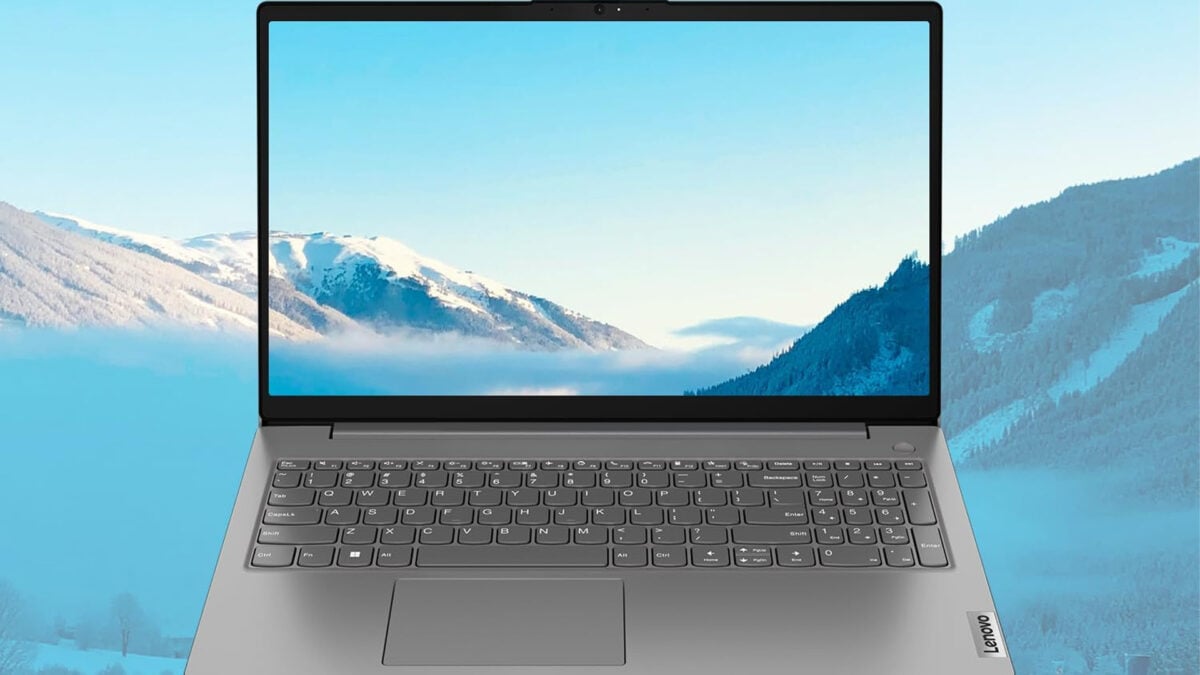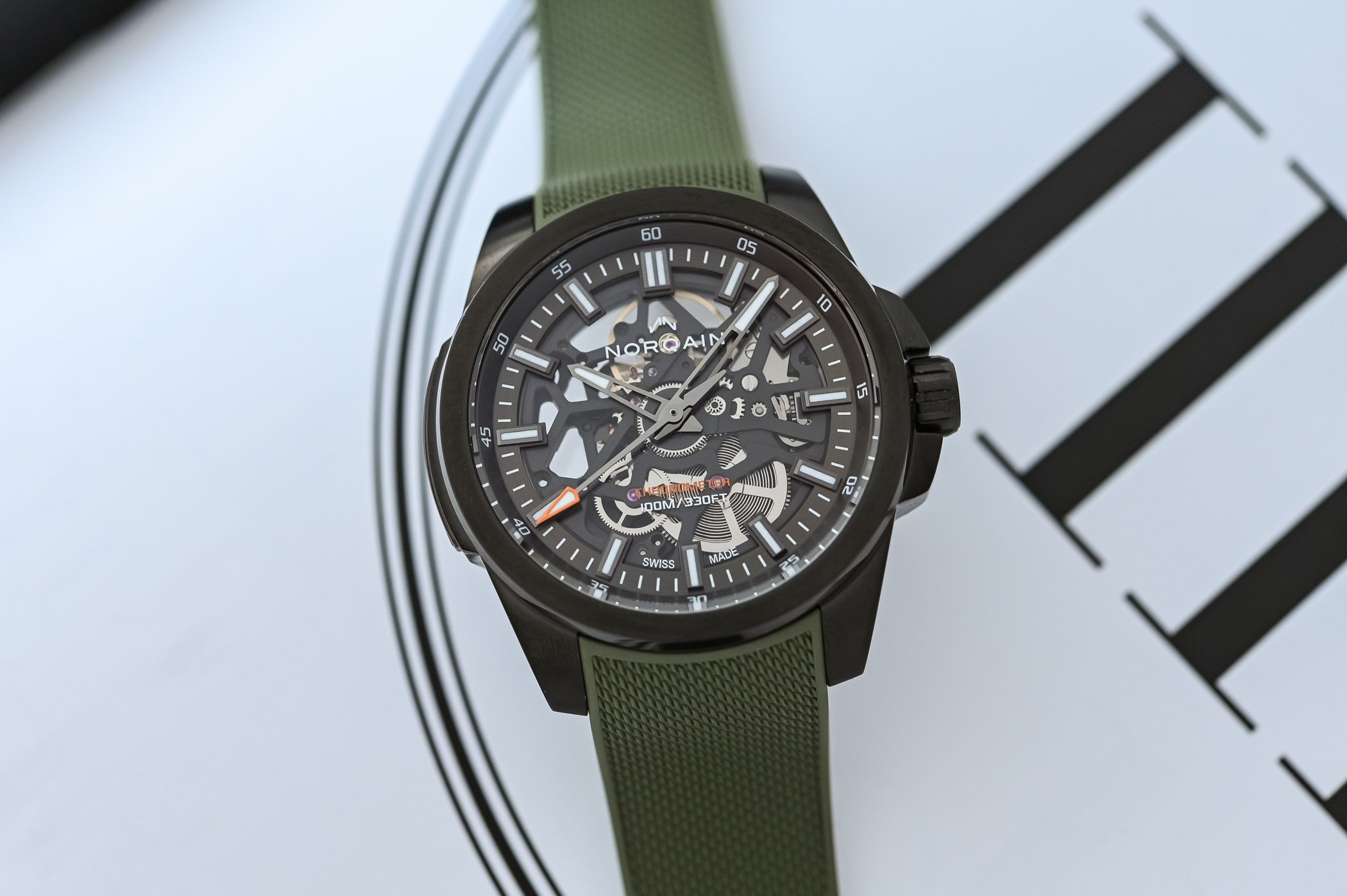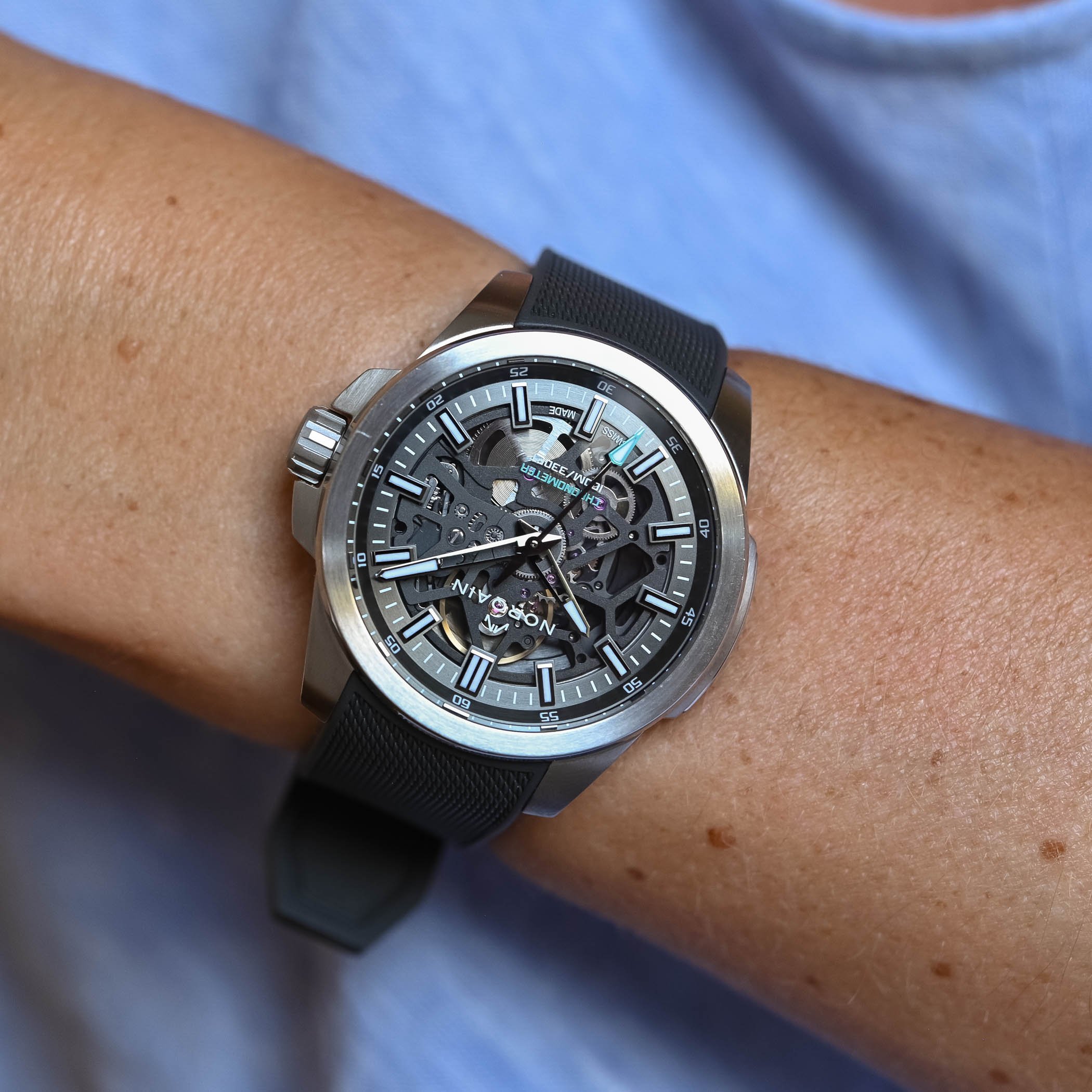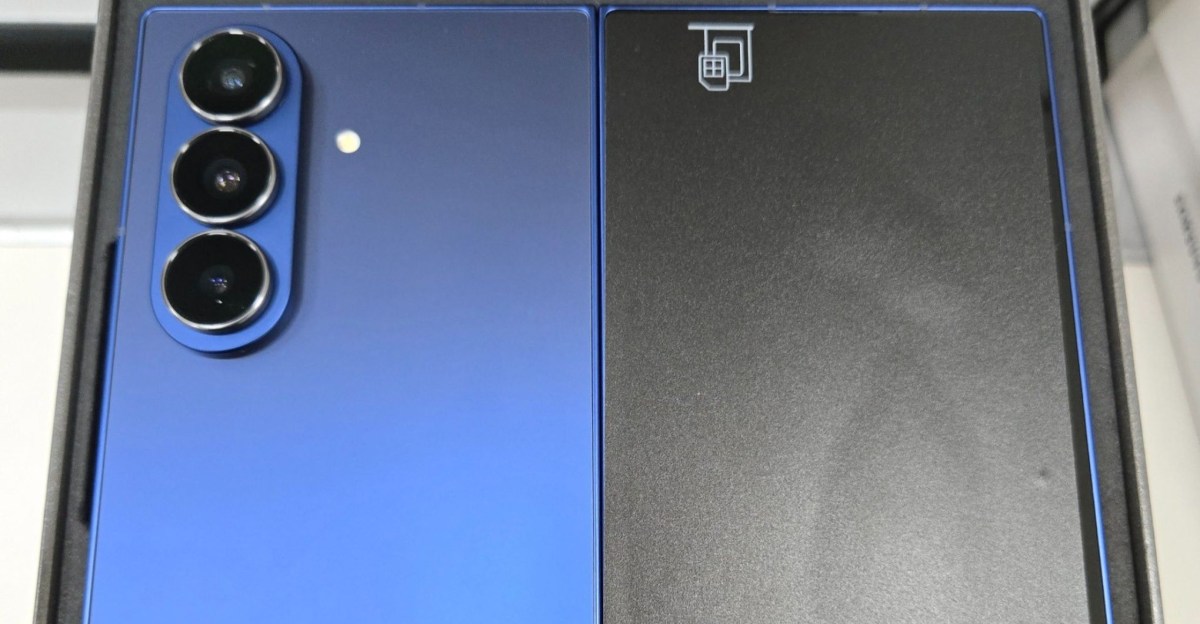Tecno is expanding its Pova series with two new options – the Pova 7 and Pova 7 Pro. Both offer 144Hz displays, Dimensity 7300 chipsets and 6000mAh batteries with 45W charging. They share identical designs, which are headlined by the Delta Light Interface – a triangular strip around the camera island comprised of 104 LED lights.
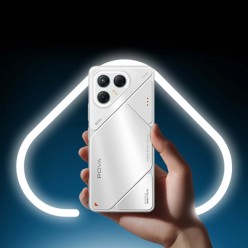
Delta Light Interface
It acts as a customizable notification status similar to what we’ve seen with past Nothing phone devices and interacts with incoming calls, music, charging, or gaming.
The vanilla Pova 7 opts for a 6.78-inch IPS LCD (FHD+ 144Hz) with 900 nits peak brightness. Pova 7 Pro gets a nicer 6.78-inch AMOLED (1220p+ 144Hz) with up to 4,500 nits peak local brightness, an optical fingerprint scanner and 2340Hz PWM dimming. Both panels get an integrated 13MP selfie cam and are protected by Gorilla Glass 7i.
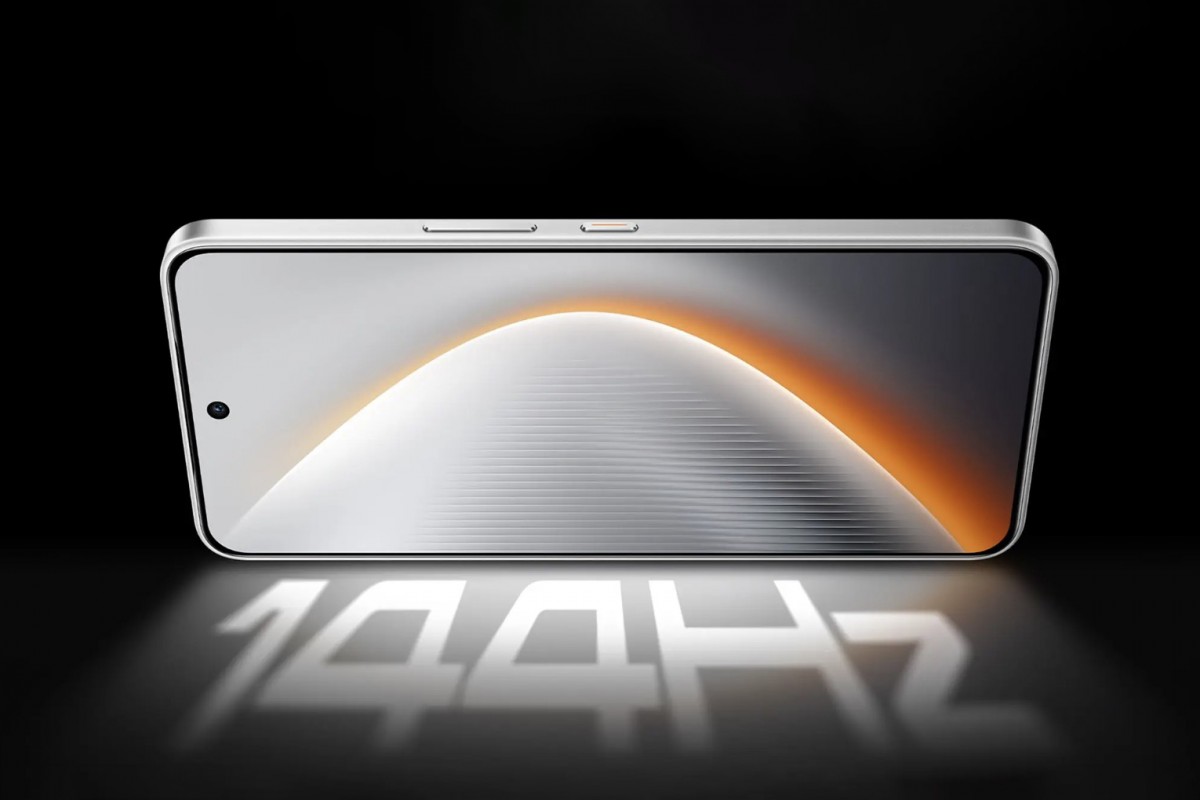
Tecno outfitted both of its Pova 7 members with MediaTek’s Dimensity 7300 Ultimate chipset, which is paired with 8GB RAM and 128/256GB storage.
Pova 7 Pro gets a 64MP main camera (IMX682) alongside an 8MP ultrawide lens while Pova 7 opts for a 50MP main cam alongside an unspecified auxiliary lens.
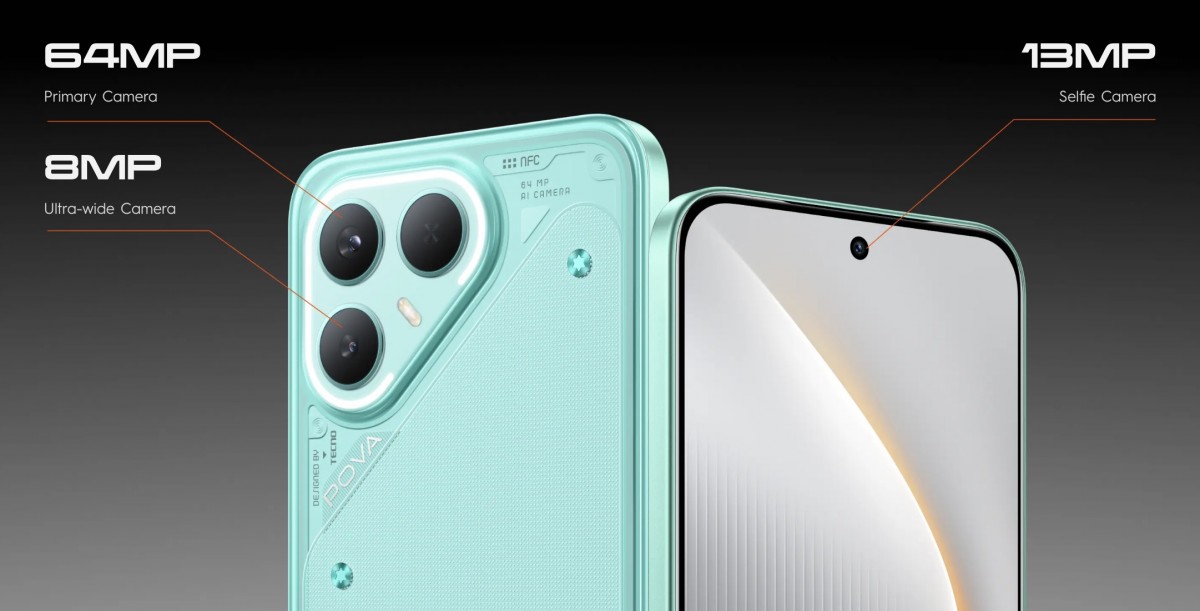
Both phones boot Tecno HiOS 15 based on Android 15 and feature DeepSeek integration as well as the Ella AI assistant. The pair also shares the same 6,000mAh battery with 45W wired charging, but the Pro model also adds 30W wireless charging.
Tecno Pova 7 comes in Geek Black, Magic Silver, and Oasis Green. It starts at INR 14,999 ($175) for the 8/128GB trim and goes up to INR 15,999 ($187).


Tecno Pova 7 (left) and Pova 7 Pro (right)
Tecno Pova 7 Pro comes in Geek Black, Dynamic Grey, and Neon Cyan colors. Pricing starts at INR 18,999 ($222) for the 8/128GB trim and tops out at INR 19,999 ($234) for the 8/256GB version.
Tecno Pova 7 and Pova 7 Pro will be available from July 10 via Flipkart.

